Gardens buzz with life, especially when they host flowers that attract bees. These industrious pollinators are drawn to blooms that provide rich nectar and pollen sources. The dance between flowers and bees is critical, as pollination is essential for plants to produce fruits and seeds, ensuring the continuation of various plant species.
Certain flowers are natural magnets for bees: they attract through vibrant colors, enticing scents, and even ultraviolet patterns that guide the bees right to their source of nourishment. As bees move from flower to flower, they inadvertently transfer pollen, aiding in the cross-pollination necessary for a diverse and thriving ecosystem.
Choosing the right flowers is vital for garden enthusiasts looking to create a buzzing haven for these valuable insects. It’s not merely about aesthetics but also about providing a habitat that supports bees’ life cycle and environmental role. In doing so, gardeners can enjoy a flourish of activity and contribute to the health of the local pollinator population.
Why Should You Make An Effort to Attract Bees to Your Garden?
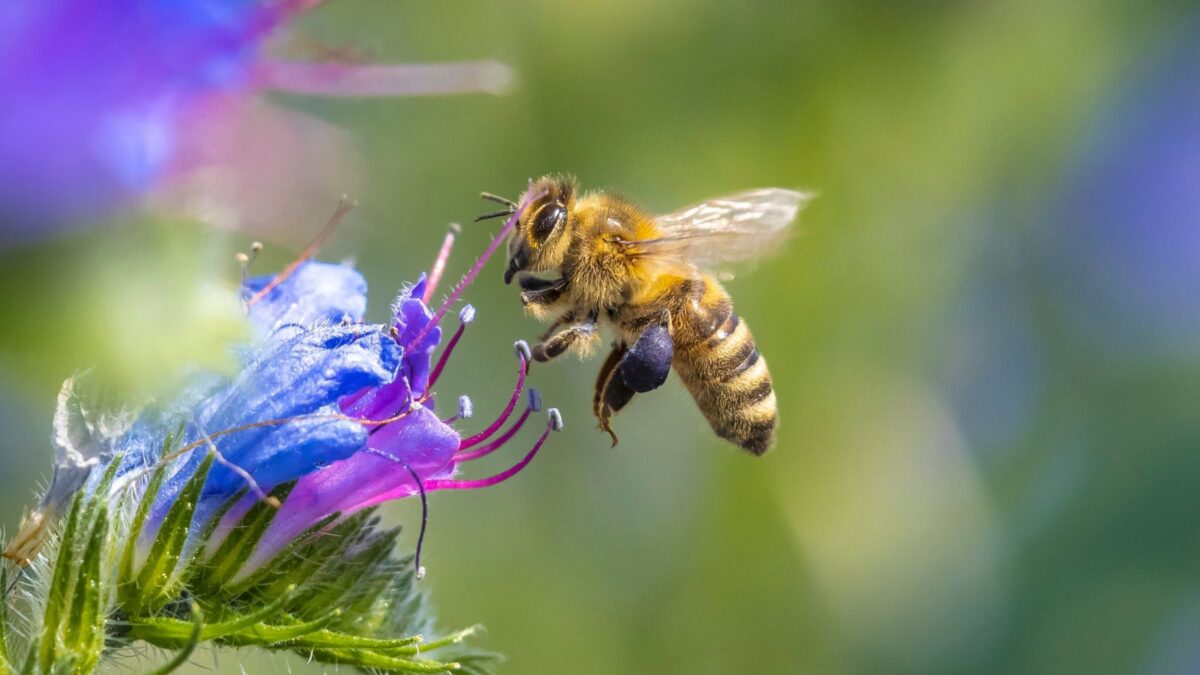
Image credit: Depositphotos
Bees are indispensable pollinators, serving the flowering plants that compose many natural habitats. They facilitate reproductive success in plants, which is crucial for plant diversity. This pollinating activity supports the growth of fruits and vegetables, directly affecting human food sources and industry.
Climate change significantly influences bee populations, altering their distribution and the viability of the habitats they rely on. Risks such as temperature fluctuations and extreme weather events can disrupt bees’ life cycles and flower availability, critical factors in their role as pollinators. Consequently, these changes can threaten bees’ pollination services to plants producing fruits and vegetables. Protecting bee populations from the adverse effects of climate change is thus critical for maintaining balance in ecosystems and ensuring food security.
Choosing Flowers for Your Bee-Friendly Garden
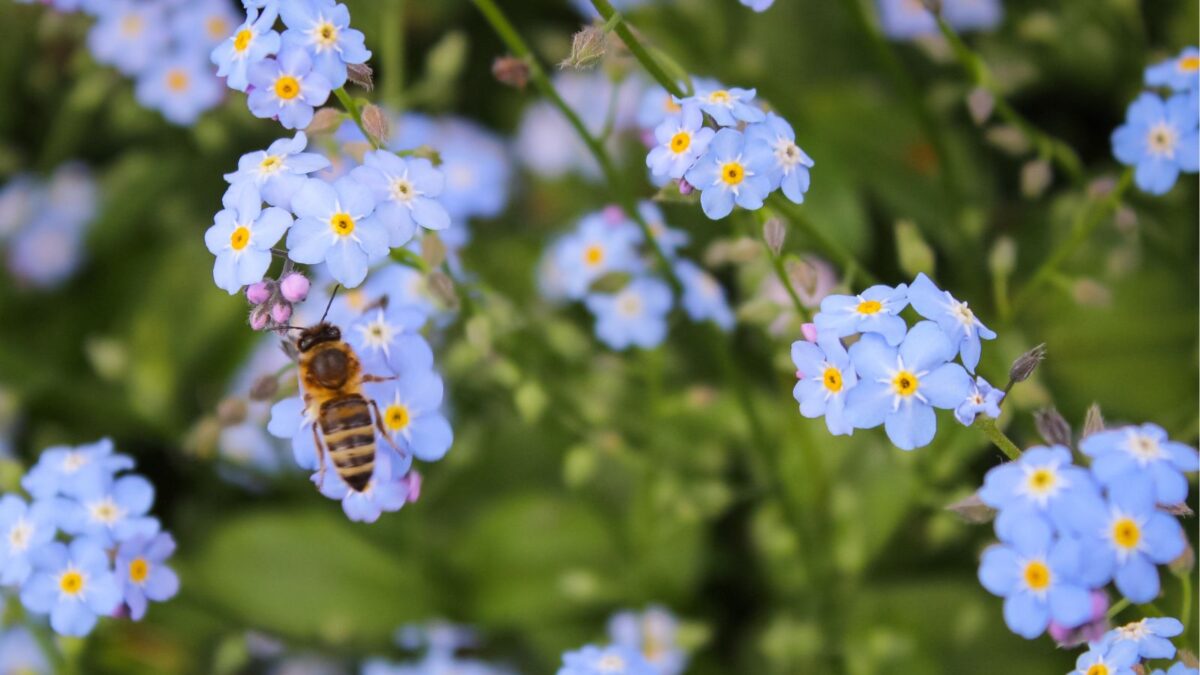
Image credit: Depositphotos.
Creating a bee-friendly garden requires a thoughtful selection of flowers that thrive in your area and attract the local bee populations. Opt for native plants and consider flower colors and shapes when planting flowers to attract bees.
Choose plants that produce single-type flowers
This type of blossom has one ring of petals around a center. Single flowers produce more nectar for insects. Their simple blossoms are also more accessible for foraging bees to manipulate.
Select native plants
Native plants offer natural advantages in a garden as they are adapted to local conditions and require less maintenance. They also tend to form symbiotic relationships with native bees, providing them with high-quality pollen and nectar.
Consider flower colors & shapes
Blue, purple, violet, white, and yellow flowers are highly appealing to bees. A mix of flower shapes is also beneficial, as different species of bees have varying body sizes and tongue lengths. Tubular-shaped flowers attract long-tongued bees, while flat or open shapes provide easier access for short-tongued species.
By understanding the needs of your local USDA zone, selecting native plants, and providing a range of flower colors and shapes, you can create a vibrant, supportive environment for bees throughout the seasons.
Invite ALL bees and pollinators
Honey bees are not the only insects that benefit from bee-friendly flowers. Many other pollinators enjoy a diverse selection of blooming plants. Bumblebees, mason bees, and butterflies will make their way to your oasis of bee forage. In a world of decreasing bee habitats, your planting choices can make a big difference.
Flowers That Attract Bees

Image credit: Backyard Garden Lover.
Creating a bee garden that provides yearly resources is essential for supporting a healthy bee population. It involves choosing plants that bloom at different times, ensuring there is always something for bees to forage.
- The garden should start with early bloomers like crocus and snowdrops that emerge even when snow is on the ground. These flowers are crucial as they provide nectar and pollen when other food sources are scarce.
- As the garden transitions into summer, plants like hyssop and coneflower take center stage with their long blooming periods and high nectar content.
- Autumn bloomers such as sedum and Joe-pye weed can provide for bees later in the year
- When other blooms begin to fade, Aster and Goldenrod become critical food sources.
1. Crocus (Crocus sativus)
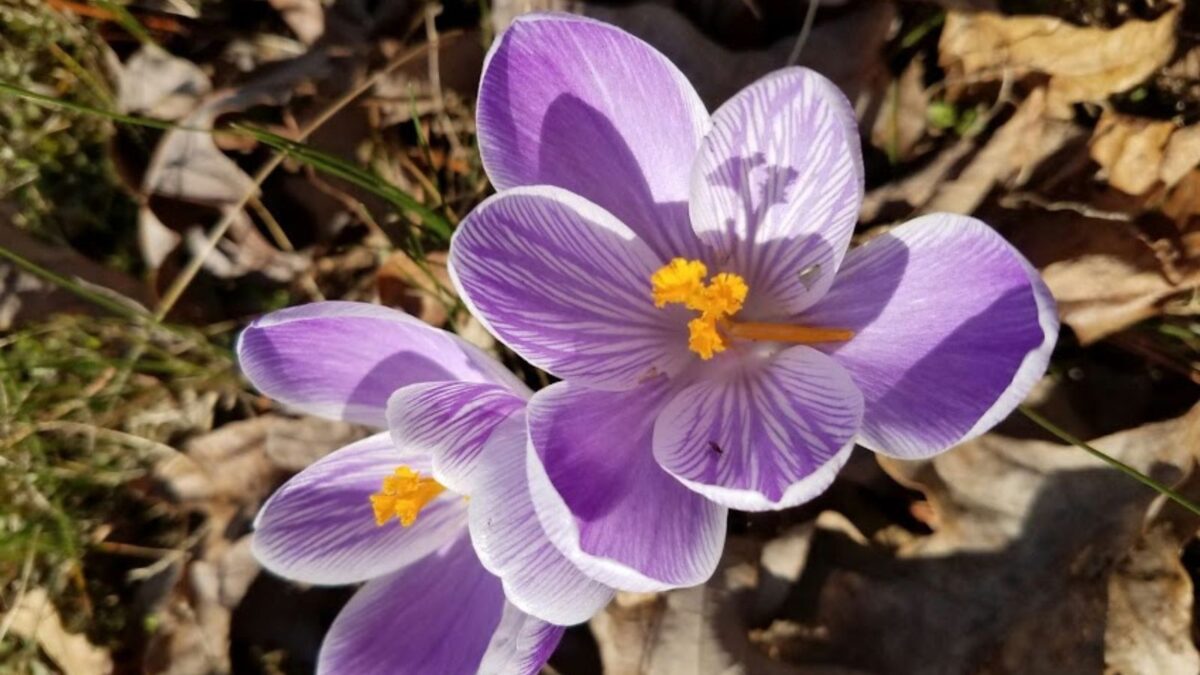
Image Credit: Backyard Garden Lover
These are among the first to bloom, often in late winter or early spring. They offer a range of colors and are a sign that spring is coming.
2. Snowdrop (Galanthus nivalis)
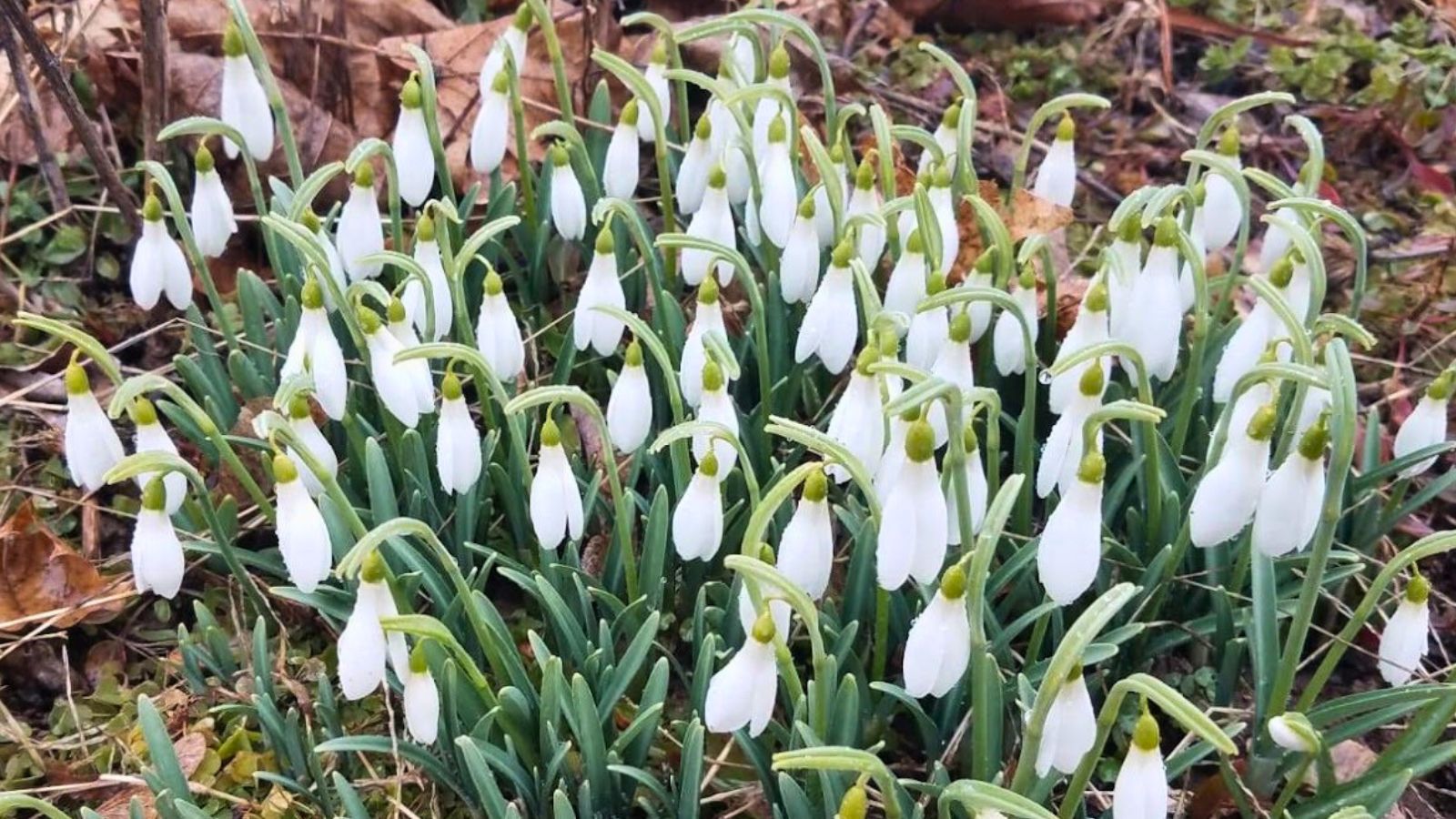
Image credit: Backyard Garden Lover.
Dainty and white snowdrops can push through frozen ground and offer bees their first meals of the year.
3. Hyssop (Hyssopus officinalis)
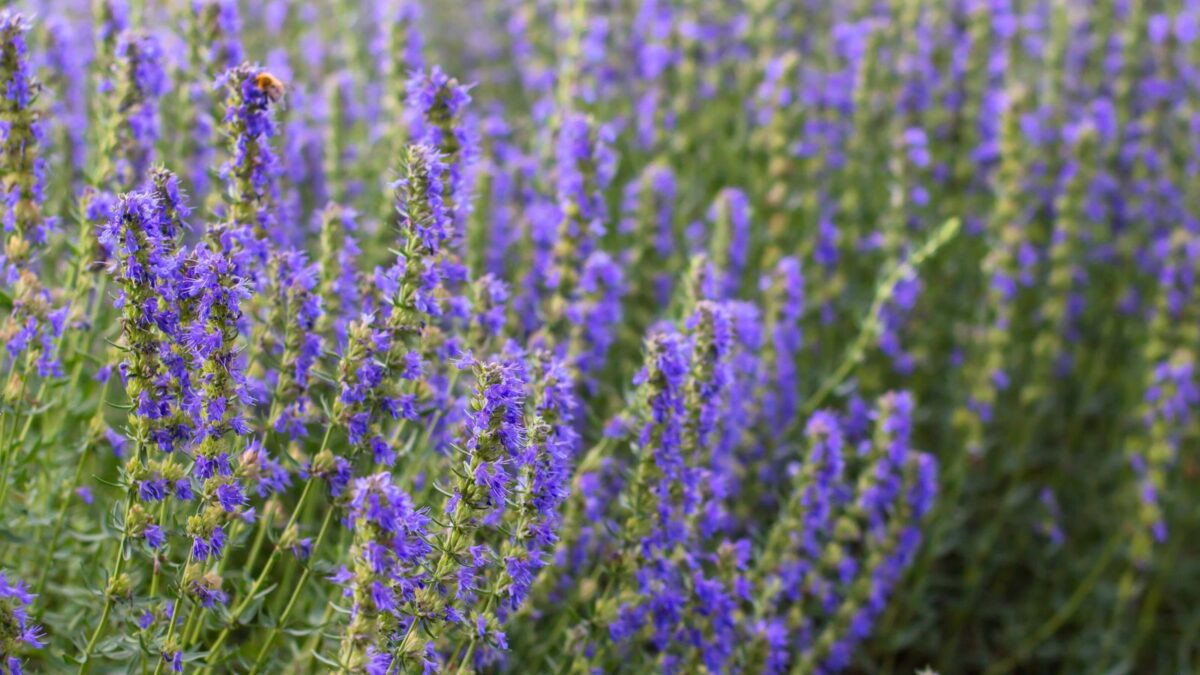
Image credit: Depositphotos
With its spikes of violet flowers, hyssop is attractive to bees and adds vibrant color to a garden.
4. Purple coneflower (Echinacea purpurea)
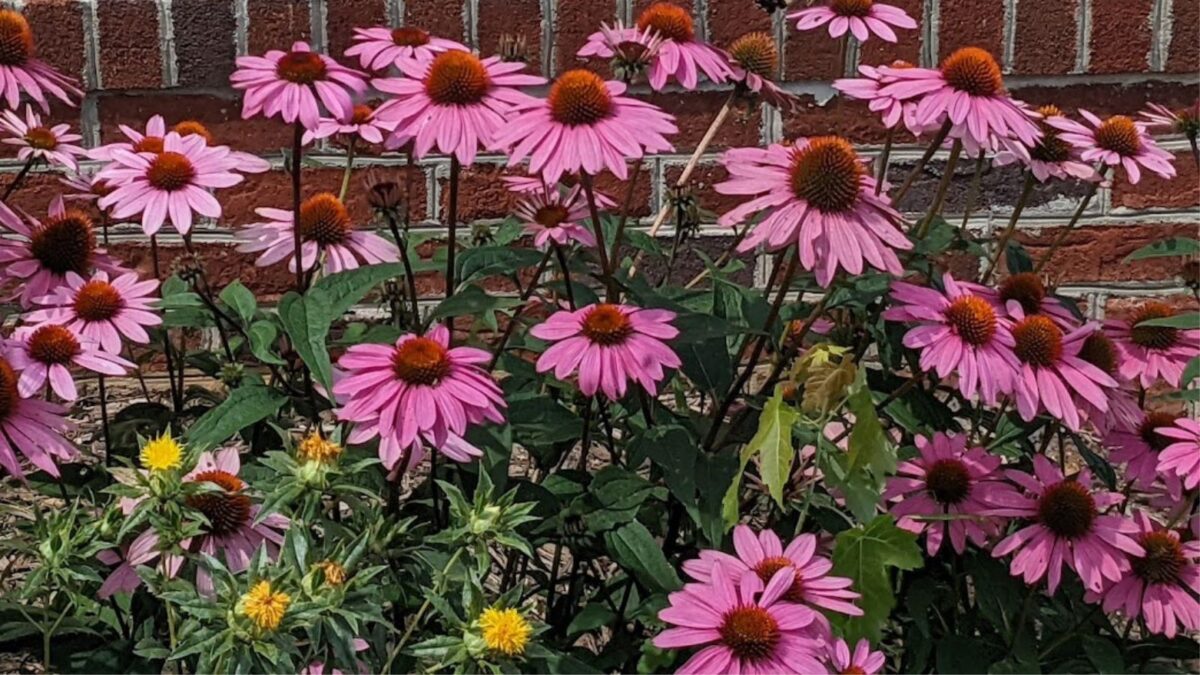
Image Credit: Backyard Garden Lover
This daisy-like bloom, typically pink or purple, stands out in the summer garden and is a favorite among bees for its abundant nectar, even during dry spells.
5. Lavender (Lavandula)
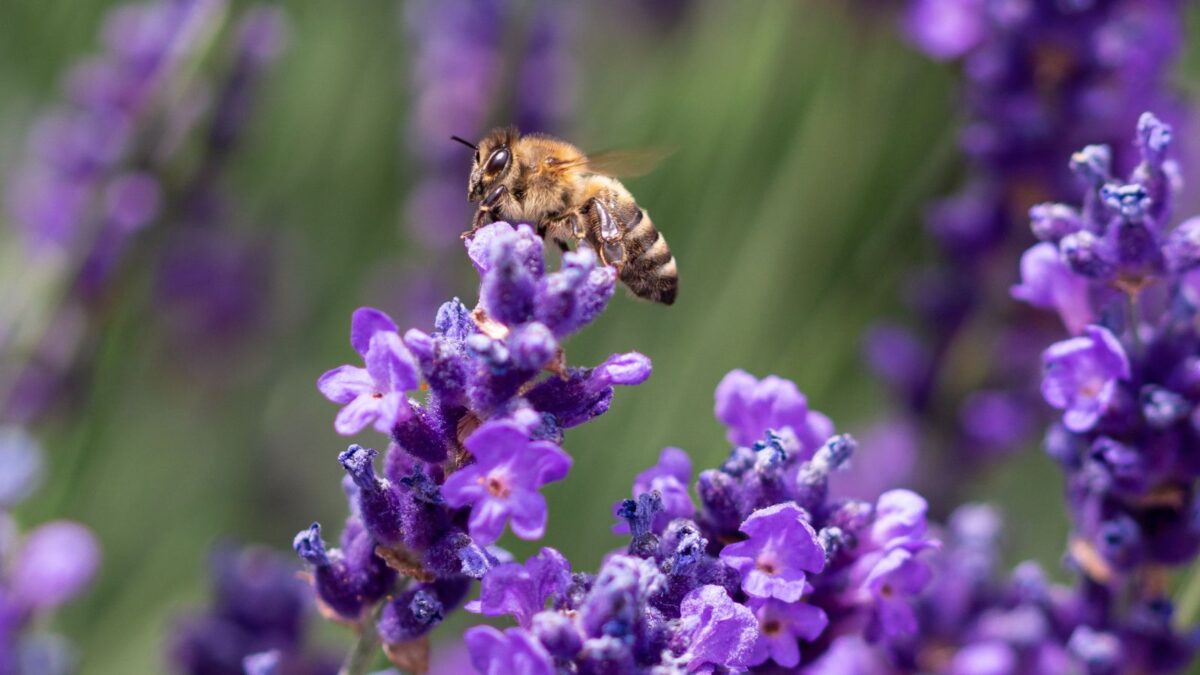
Image credit: Depositphotos
Lavender flowers are a bee favorite due to their rich nectar stores and soothing fragrance. Learn more about growing lavender.
6. Sunflower (Helianthus annuus)
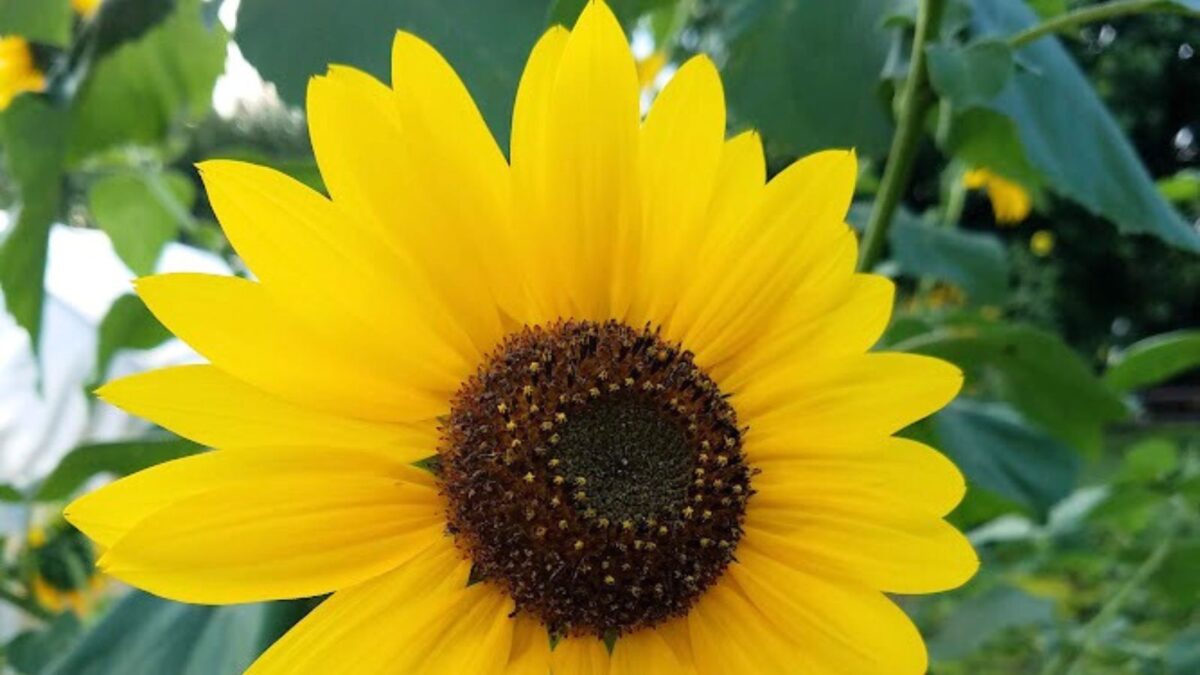
Image Credit: Backyard Garden Lover
Sunflowers attract bees with their large, pollen-filled centers and bright, inviting petals. However, do not choose the “pollen-free” variety.
7. Sage (Salvia officinalis)
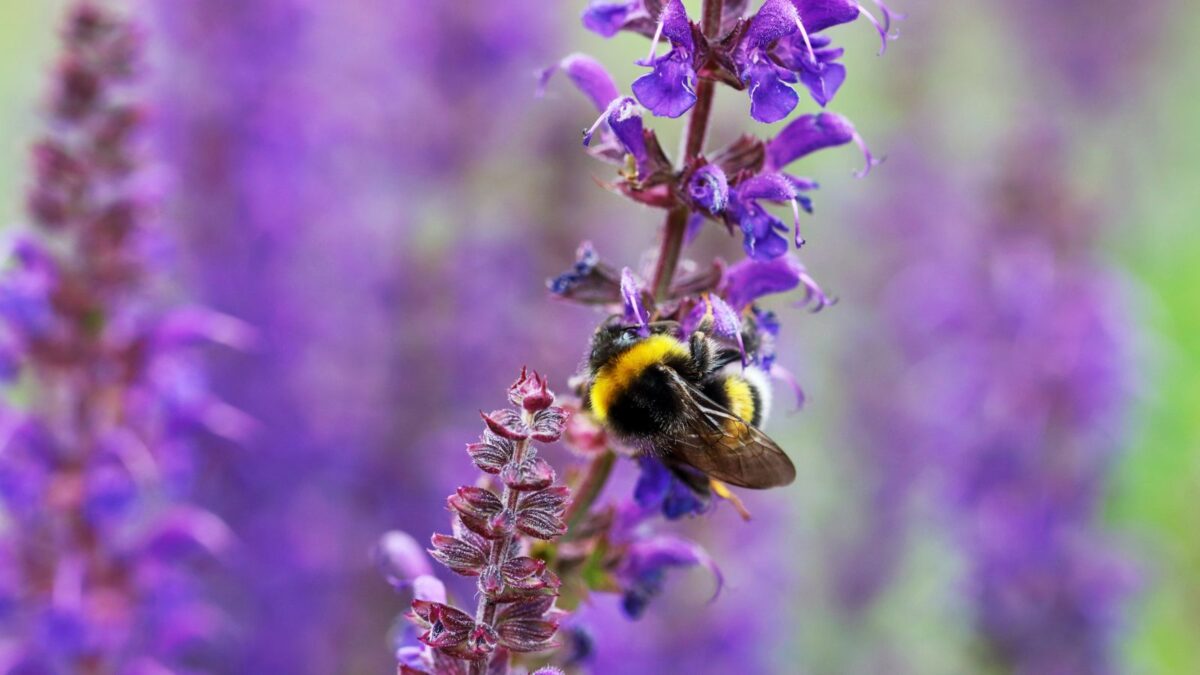
Image credit: Depositphotos
Sage offers a continuous supply of nectar. These vibrant flowers come in various colors, drawing in bees all season.
8. Stonecrop (Sedum)
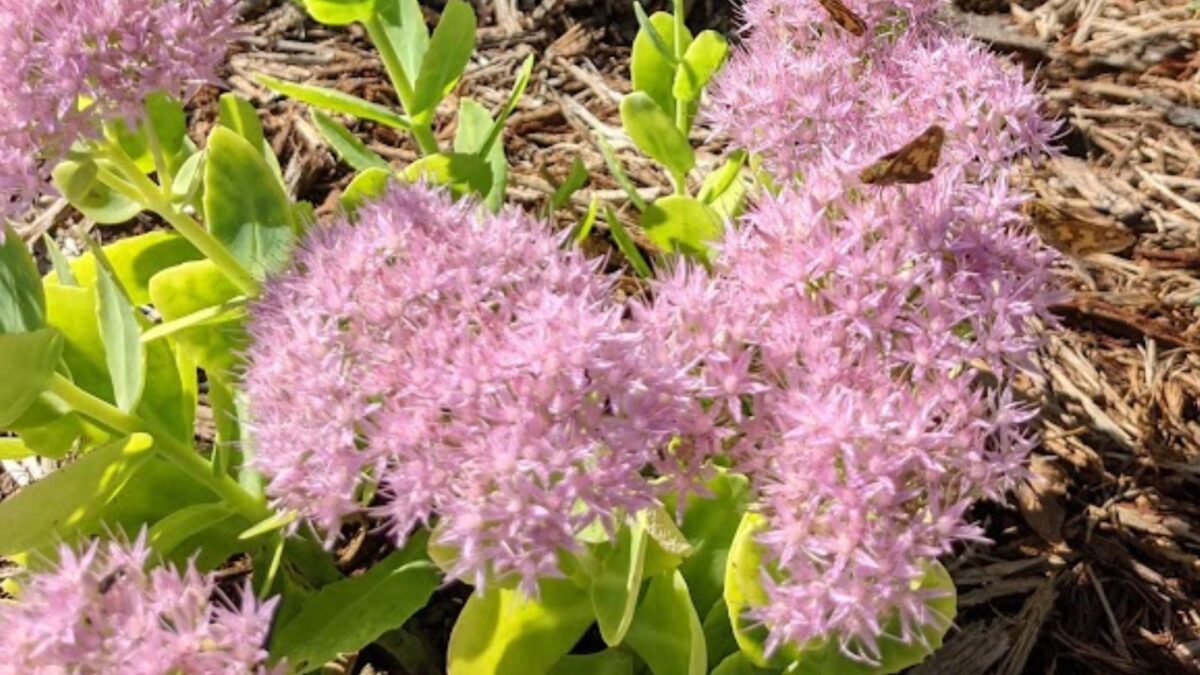
Image Credit: Backyard Garden Lover
This succulent comes into its own in the fall with thick clusters of flowers.
9. Goldenrod (Solidago)
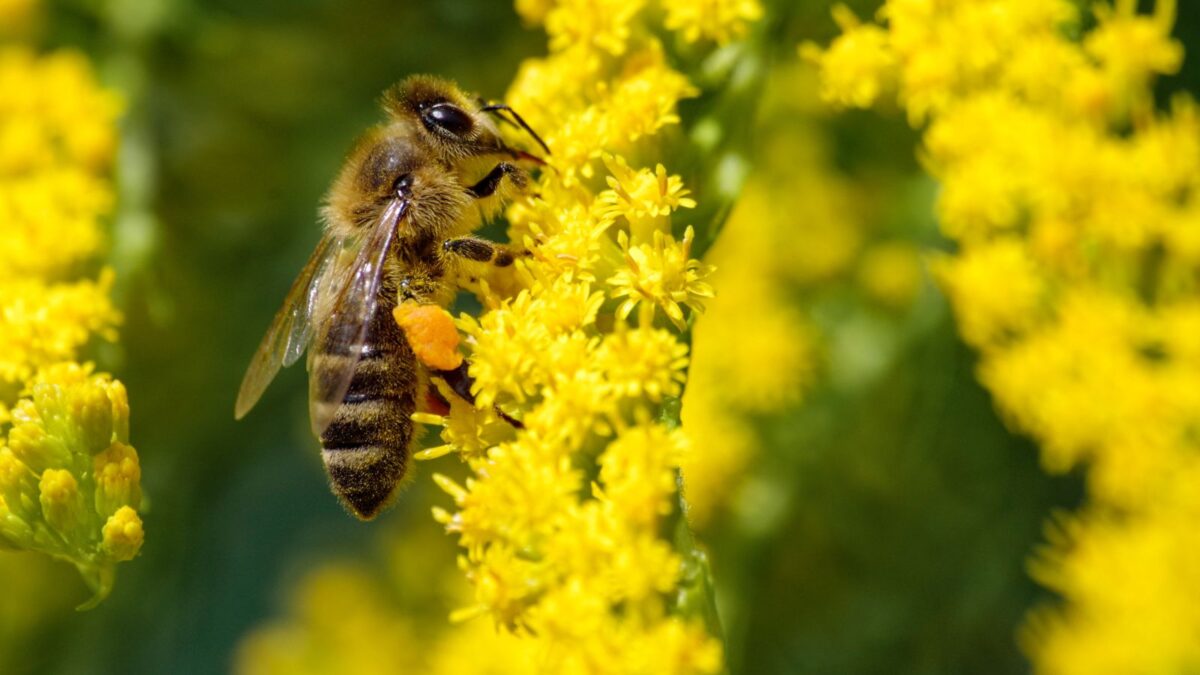
Image credit: Depositphotos
Goldenrods supply a late burst of pollen, ensuring bees have resources to prepare for winter.
10. Joe-Pye Weed (Eupatorium purpureum)
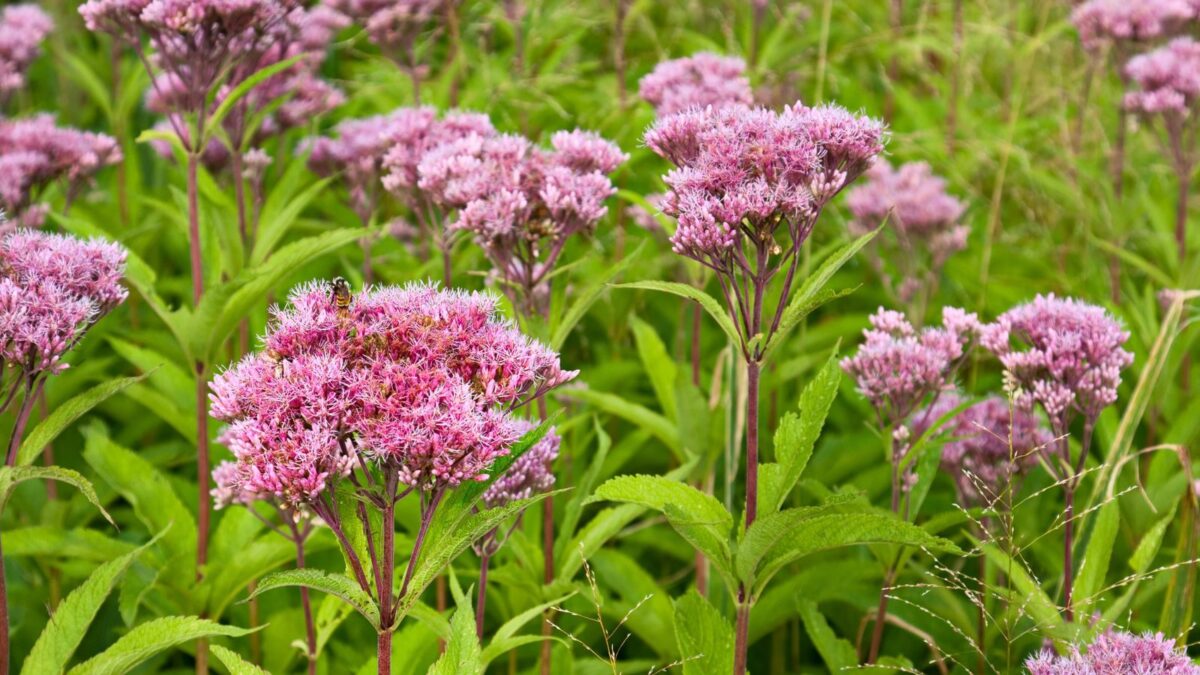
Image credit: Depositphotos
Tall and stately, Joe-pye weed offers both nectar and a visual anchor in the fall garden as other plants begin to fade.
11. Purple Aster (Symphyotrichum patens)
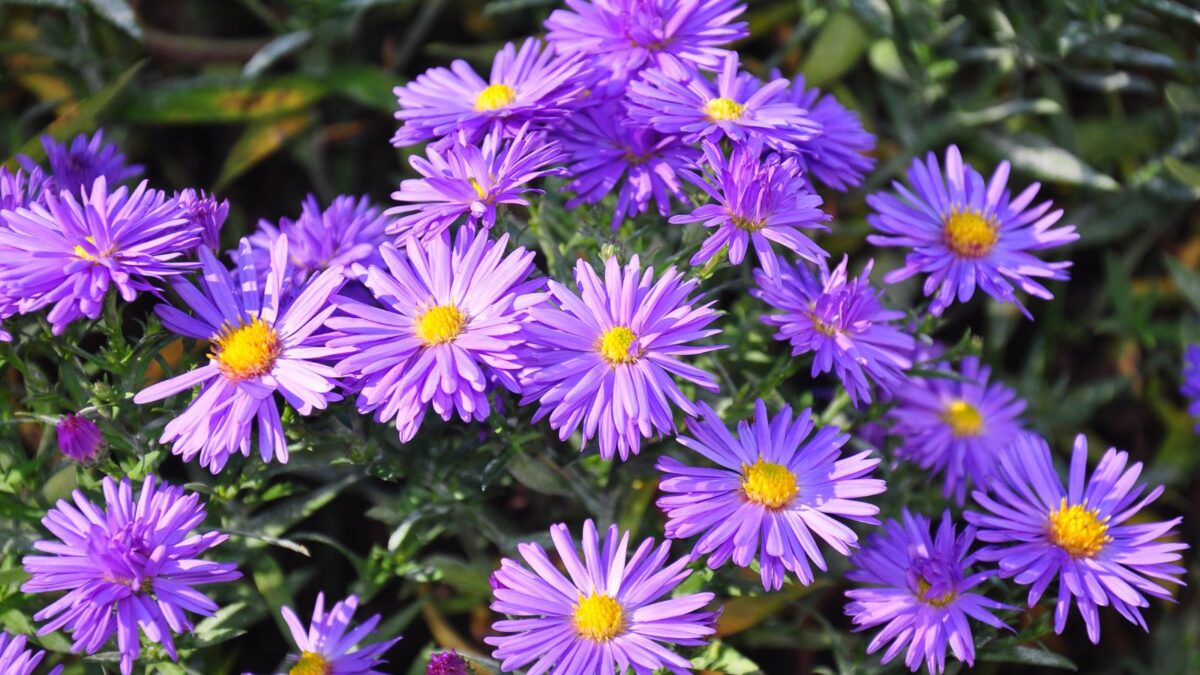
Image credit: Depositphotos
Asters offer a late-season nectar and pollen feast.
12. Mint (Mentha)
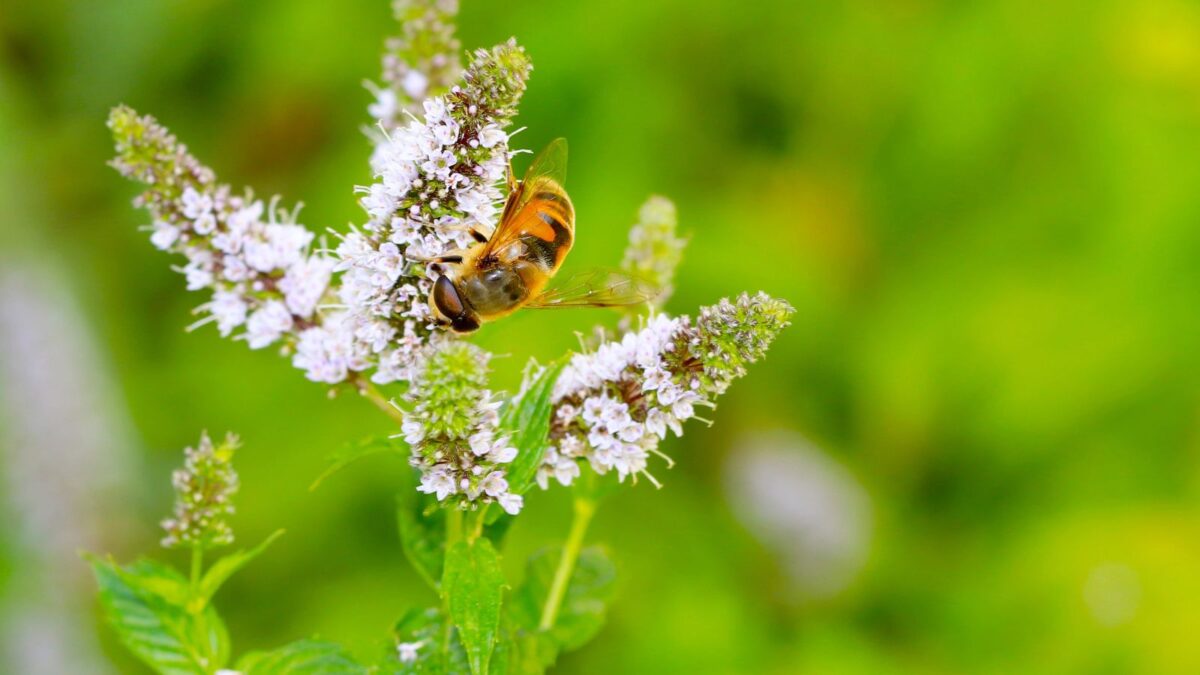
Image credit: Depositphotos
Mint is a powerful attractor for bees due to its strong fragrance. It flourishes in various conditions and can spread quickly if not contained.
13. Basil (Ocimum basilicum)
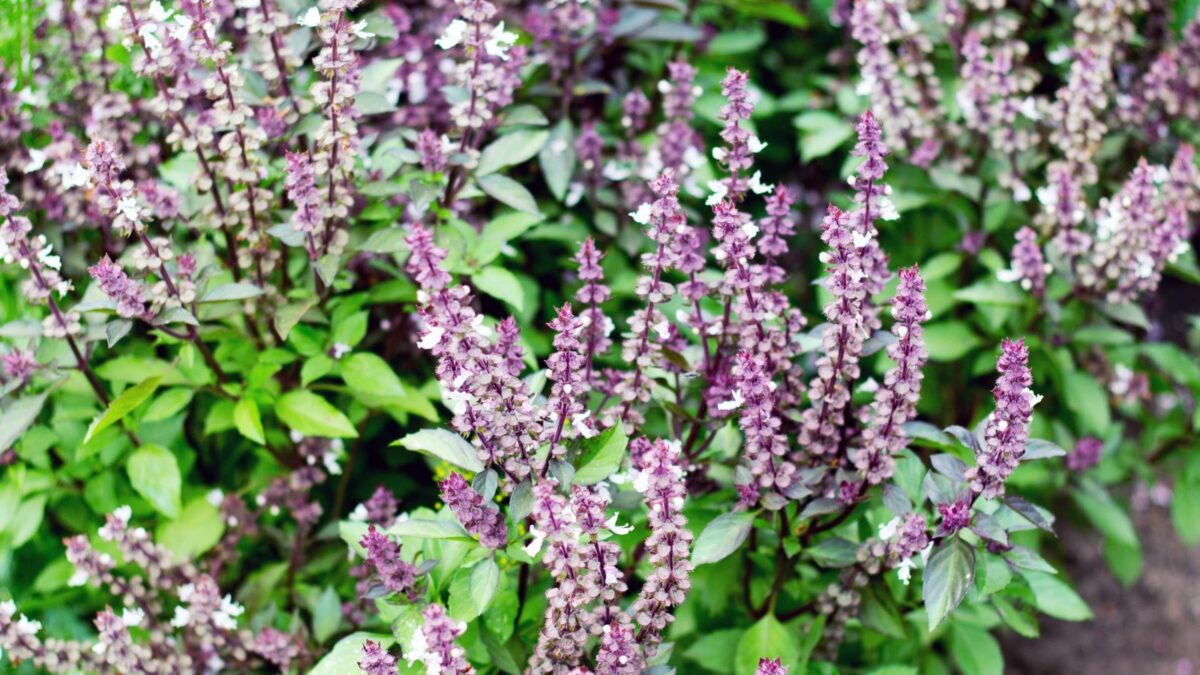
Image credit: Depositphotos
Basil, particularly the flowering varieties like African Blue or Thai Basil, offers rich nectar that bees find irresistible.
14. Bee Balm (Monarda)

Image credit: Backyard Garden Lover
Bee balm is beautiful in a small mass planting and pairs well with many other flowers bees love.
15. Black-eyed Susan (Rudbeckia hirta)
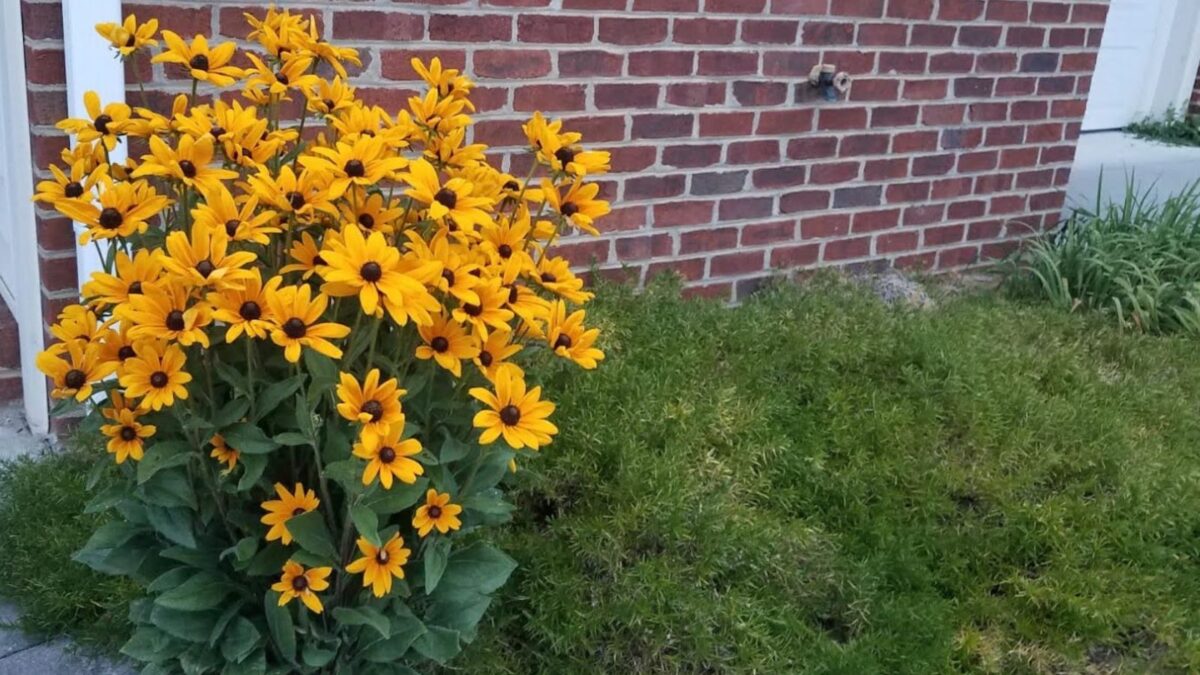
Image credit: Backyard Garden Lover
Black Eyed Susan attracts bees and other pollinators, and it’s an easy-to-care-for plant that brightens any corner.
Beneficial Practices for Bee Gardens

Image Credit: Shutterstock.
Creating a sanctuary for bees in your garden involves certain practices that maximize the health and safety of these pollinators.
1. Avoid the Use of Pesticides
Pesticides pose a significant risk to bee populations. Gardens should rely on natural predators to manage pests and choose plants that are less susceptible to diseases. For gardeners, it’s essential to select chemical-free alternatives and biological solutions to protect our bee friends, especially native bees, from harmful exposure.
2. Support Bees with Water Sources
Bees need water for survival, but shallow sources to prevent drowning. A garden can include a shallow bird bath or a dish with pebbles and water. Placing these near foraging areas helps bees hydrate without traveling far.
3. Provide Bees Nesting and Foraging Opportunities
Native bees and bumblebees require a range of floral resources and nesting sites. Gardens should offer a variety of flowers that bloom across different seasons, ensuring continuous foraging opportunities. Undisturbed patches of bare soil and dead wood can serve as excellent nesting sites for ground-nesting and cavity-nesting bees, respectively.
How to Attract a Diversity of Bee Species
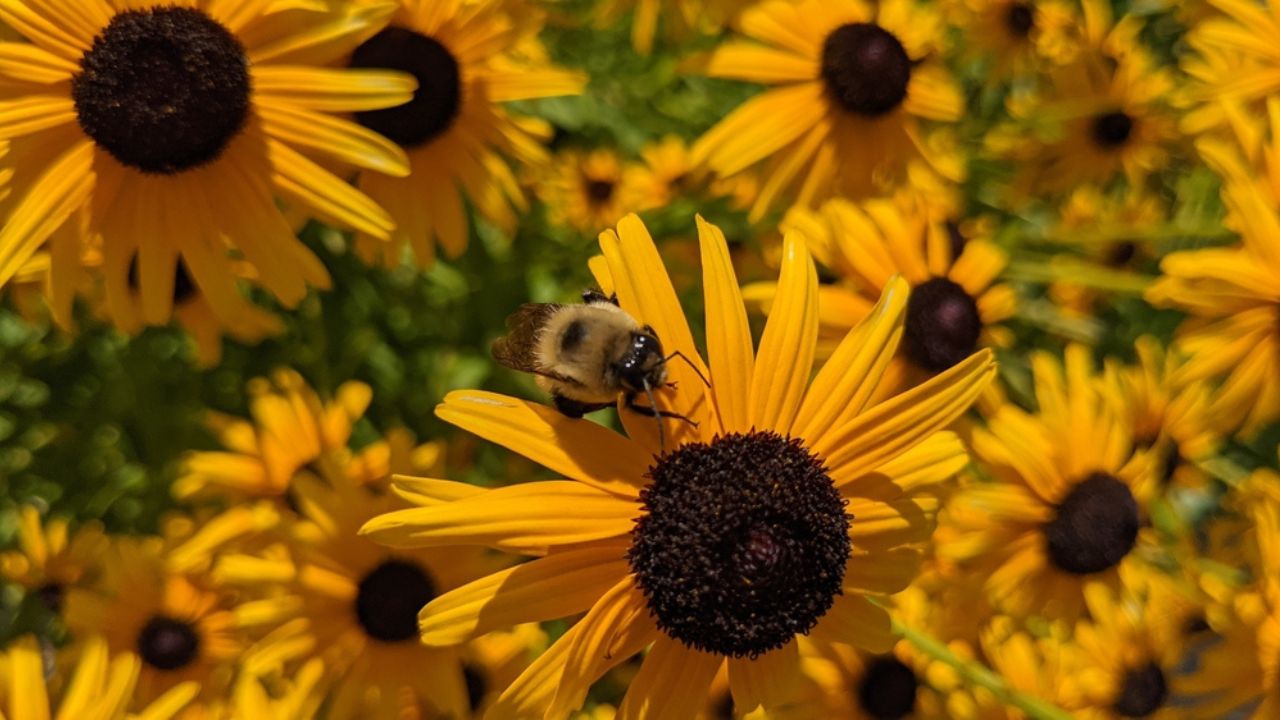
Image Credit: Shutterstock.
Attracting a variety of bees to a garden is imperative for pollination success. To create a supportive environment, consider native and foraging bee species.
Encourage Bumblebees and Solitary Bees
Plant a range of flowers that provide continuous blooms throughout the seasons to support bumblebees and solitary bees. These bee groups prefer various flowers that offer abundant pollen and nectar sources. For instance, planting foxgloves can attract bumblebees due to their long tubular shape, while solitary bees often favor open-faced flowers like daisies for easy access.
Facilitate Various Bee Foraging Behaviors
Different bees exhibit unique foraging behaviors and preferences. While some bees, like honeybees, might forage on a wide range of plants, others, like certain native bees, may be more specialized. Gardens can cater to these behaviors by mixing plant species to provide more options. For example, incorporating native plants often helps attract diverse bees to urban gardens, supporting generalist foragers and those with more specific needs.
By understanding bees’ distinct preferences and foraging behaviors, gardens can be designed to attract and sustain a healthy diversity of bee populations.
Garden Maintenance and Seasonal Care
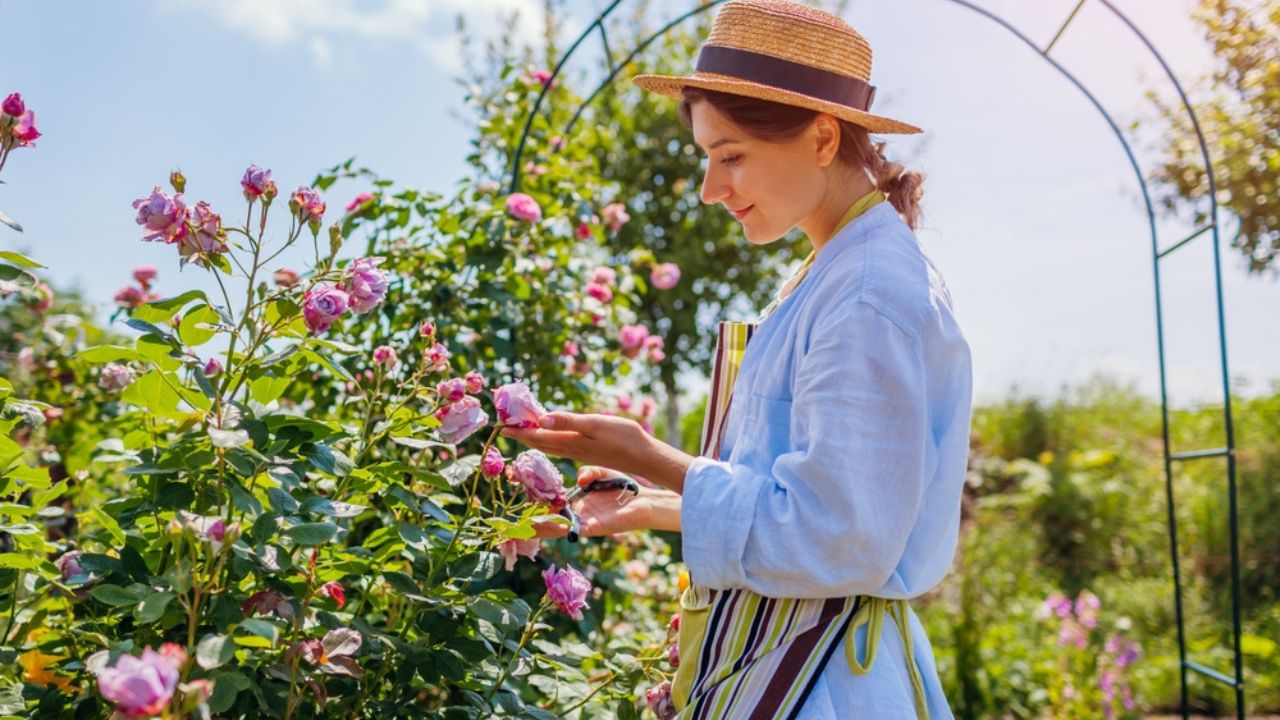
Image Credit: Shutterstock.
Effective garden maintenance and seasonal care ensure that flower beds remain vibrant and conducive to pollinators throughout the year.
Do Regular Checkups and Deadheading
Regular checkups are crucial: inspect flower beds weekly to identify and resolve issues such as pest infestations or diseased plants. Deadheading, or the removal of spent flowers, encourages plants to produce more blooms, thus providing continuous sustenance for bees. Snipping off the wilted flowers just above the first set of healthy leaves is essential.
Winter Prep: Protecting Plants and Bees
Winter prep becomes essential for protecting plants and pollinators as temperatures drop. Mulch flower beds to insulate plant roots and provide shelter for overwintering bees. Leaving some dead plant material undisturbed is also beneficial, as it can offer a safe haven for bees during the colder months. Creating a balance between tidiness and providing habitat is critical for a bee-friendly garden.
Have no Fear: Bees Are Friendly

Image Credit: Shutterstock.
Foraging honey bees are no threat to humans. In fact, I find it delightful to watch bees flying from flower to flower. They are busy working with no concern for my presence.
Honey bees are not defensive while foraging. However, you should respect their space. No swatting, please! Take care when planning your garden. Do not put bee-friendly plants too close to walkways and other human-occupied spaces.
Bees and humans can share a bee-friendly garden. A good design of flowers that attract bees is a thing of beauty. Food for the bees and delight for the human heart.
I hope you’ll plant a lovely bee-attracting garden now that you know how to choose flowers that attract bees to your garden

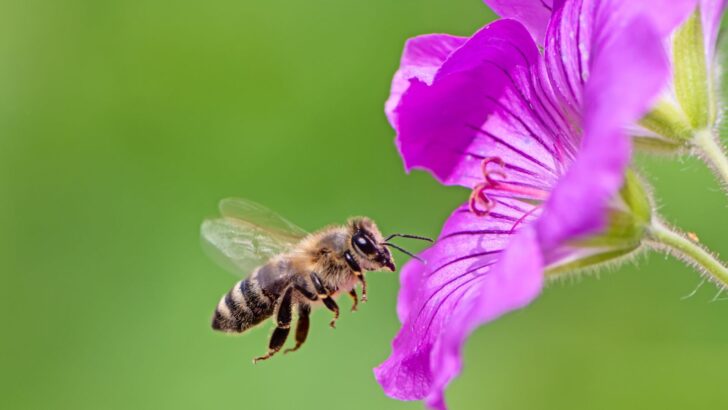
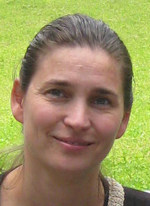
7 Easy Tips For Creating A Garden For Wildlife
Thursday 3rd of August 2023
[…] we can do to attract bees and facilitate them to thrive is good for the environment. There are many plants that attract bees and are easy to grow and pretty to look at. Here are just a few of the flowers that are great for […]
8 Best Companion Plants For Bee Balm (And 4 To Avoid)
Thursday 8th of June 2023
[…] balm is an excellent companion to plant nearby, as it repels damaging squash bugs. Bee balm also attracts bees and other pollinators, which are essential for squash plants to set […]
Delaware Native Plants List: 11 Stunning Local Garden Choices
Sunday 19th of February 2023
[…] attractive flower to have in your garden. Not only does it look pretty to human eyes, but it also attracts bees and butterflies. This is the only milkweed species that does not have the distinctive white sap of […]
7 Great Companion Plants For Lavender (And 3 To Keep Away From Them)
Tuesday 29th of March 2022
[…] plants also need well-drained soil and will not do well in a bed that is soggy. Daisies attract bees in great […]
Should I Plant Flowers In My Vegetable Garden?
Monday 27th of December 2021
[…] vegetables. They are excellent companion plants for beans, squashes, potatoes, and broccoli. They attract bees that help pollinate […]